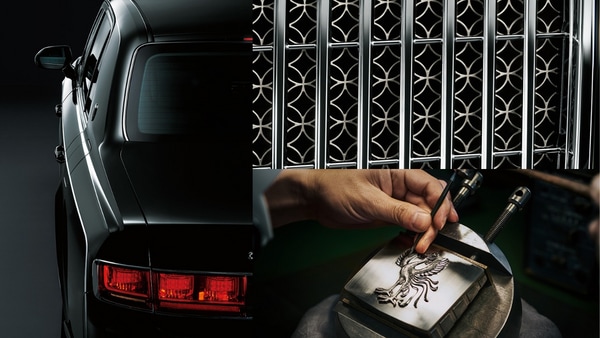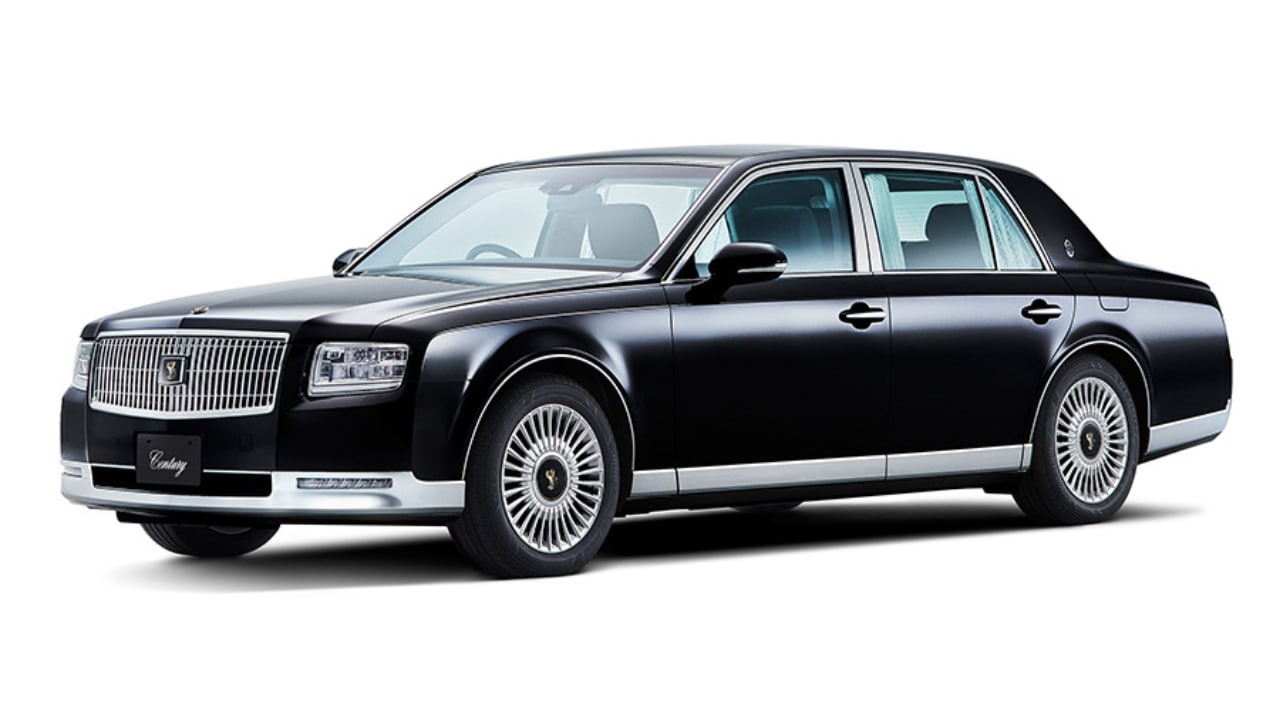For decades, the Century stood as Toyota’s understated symbol of prestige – chauffeur-driven, hand-built, and mostly confined to Japan. But under the Toyota badge, it always carried the weight of a mass-market parent.

View Personalised Offers on
In what looks like a quiet but deeply strategic realignment, Toyota has spun off its most exclusive nameplate, Century, into a separate brand while redefining the role of Lexus in its luxury portfolio. The move signals not just a product-line shift but a change in philosophy, one that acknowledges how the boundaries between premium and ultra-luxury have blurred over time, and why Toyota wants to redraw them.


For decades, the Century stood as Toyota’s understated symbol of prestige – chauffeur-driven, hand-built, and mostly confined to Japan. But under the Toyota badge, it always carried the weight of a mass-market parent. Now, freed from that identity, the Century can evolve into something larger: an ultra-luxury marque with its own voice, narrative and purpose. Toyota’s leadership admits that the old setup diluted the brand’s potential. The spin-off gives it the independence to experiment and crucially, to be judged on its own merit rather than by its proximity to Toyota.
The plan is to elevate Century beyond just a domestic nameplate. By decoupling it, Toyota is creating room for global recognition, an audacious step that could see the name appear in markets where it was once unheard of.
Also Read : Lexus SUVs drive over 50% of its growth, RX sales up 18% in 2025
What Lexus loses and gains
If Century becomes the symbol of heritage and opulence, Lexus is now being asked to be the creative outlier. In corporate language, Toyota calls this “freedom to move more boldly,” but what it really means is that Lexus no longer has to chase the Germans. For years, the brand benchmarked BMW and Mercedes-Benz, often mirroring their sedan-SUV lineup with Japanese precision but little rebellion. That phase, Toyota says, is over.
The next chapter for Lexus will be about risk, design that divides opinion, products that don’t fit into traditional luxury categories, and ideas that stretch what a premium car can be. Toyota’s branding chief even hinted at something as unconventional as turning the LS nameplate into a six-wheel luxury MPV, a provocative image that neatly captures the new mood at Lexus. Instead of competing in horsepower or badge hierarchy, Lexus now wants to innovate in form and experience.
It’s a recalibration of intent. Lexus is being encouraged to lead rather than follow, to build a portfolio that feels truly Japanese in imagination yet global in aspiration. If successful, this repositioning could free the brand from the endless treadmill of comparison that has long defined its place in the luxury hierarchy.

Why this matters especially for global markets
Toyota’s decision has ramifications well beyond corporate strategy. It’s a statement about how luxury itself is evolving, not as a competition of badges, but as a contest of ideas. By creating separate lanes for Century and Lexus, Toyota is recognising that premium and ultra-luxury customers want different things. One seeks comfort with edge; the other seeks craftsmanship with quiet dignity. Clearer brand boundaries mean clearer stories to tell, especially in aspirational markets.
Equally important is Toyota’s open admission that constant benchmarking has its limits. “Going beyond imitation to improvement and innovation”, as one executive put it, reflects a deeper self-awareness. Lexus has always been technically polished, but often too careful. The new strategy challenges it to loosen up, to pursue emotional design and unorthodox formats rather than mere specification upgrades.
For markets like India, this shift could have ripple effects. Lexus already occupies a niche premium space here, but if it begins introducing bolder, more design-led products, or even limited-run derivatives of global concept vehicles, it might finally carve out an identity distinct from its European rivals. At the same time, Century as a standalone luxury brand invites interesting possibilities. Could Toyota one day test its ultra-luxury products in select international markets, including India? It’s too early to tell, but the groundwork seems deliberate.
Also Read : 2025 Toyota Land Cruiser FJ unveiled. Will it come to India?
What’s ahead
The next few years will reveal whether this twin-track strategy works in practice. Toyota is expected to expand the Century lineup from of its existing sedan and SUV franchise, experimenting with new body styles and powertrains that herald a contemporary definition of Japanese luxury. Lexus, by contrast, will be the company’s innovation lab, playing around with new design languages and non-traditional proportions that challenge what luxury mobility can be.
But rebranding a brand is as much a matter of perception as product. Toyota and Lexus will have to articulate these changes clearly and convincingly so that customers know not only what’s new, but why it’s important. Luxury lives not only on engineering, but on narrative.
In essence, Toyota’s latest move is not about chasing margins but about defining meaning. By freeing Century from Toyota’s shadow and letting Lexus out of the BMW-Mercedes race, the company is betting on individuality, a trait that has long been buried under global benchmarking. Whether this gamble pays off will depend on how authentically these brands express their newfound independence. But for now, Toyota seems to have rediscovered something it once taught the world, that quiet confidence can sometimes speak louder than luxury’s loudest voices.
Get insights into Upcoming Cars In India, Electric Vehicles, Upcoming Bikes in India and cutting-edge technology transforming the automotive landscape.
First Published Date: 23 Oct 2025, 11:09 am IST







